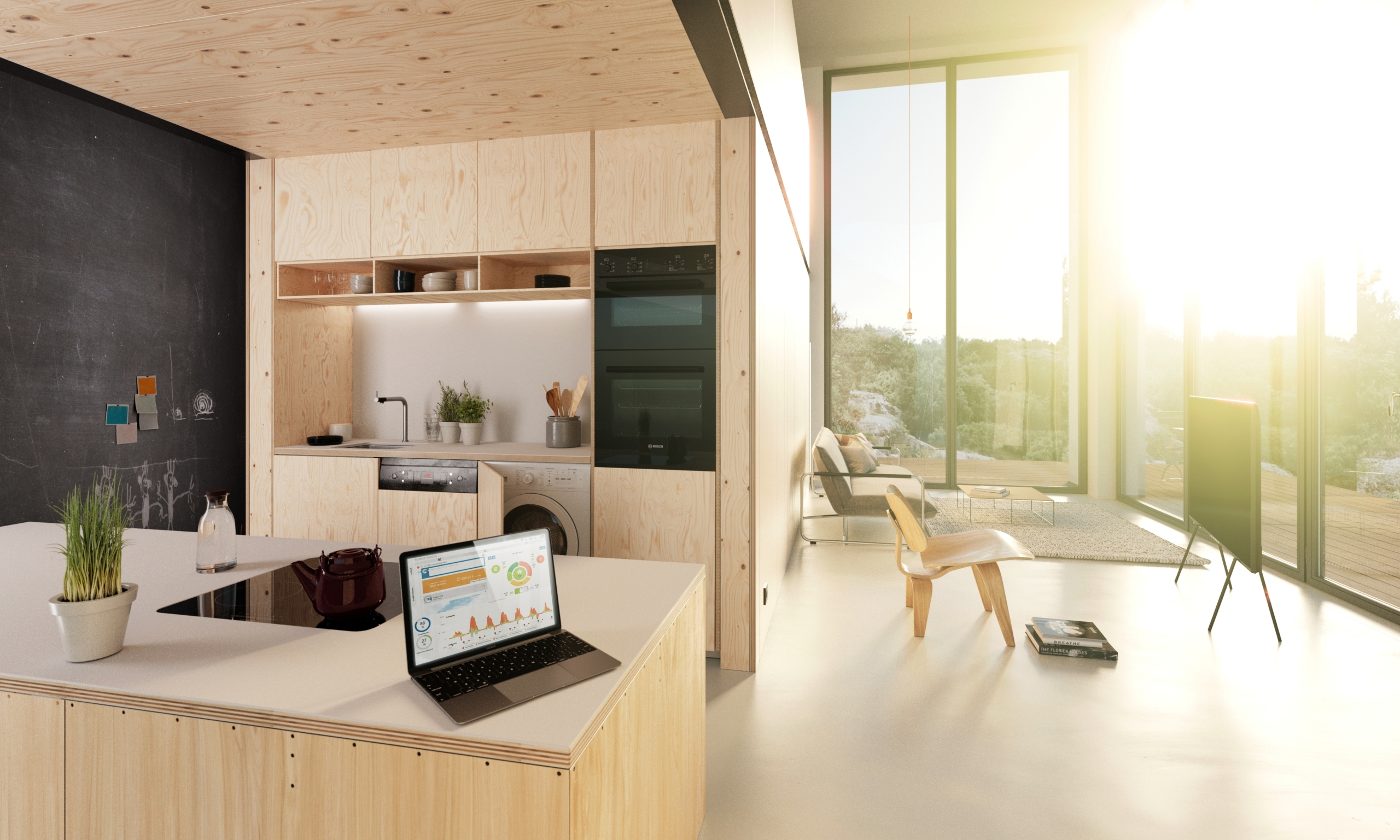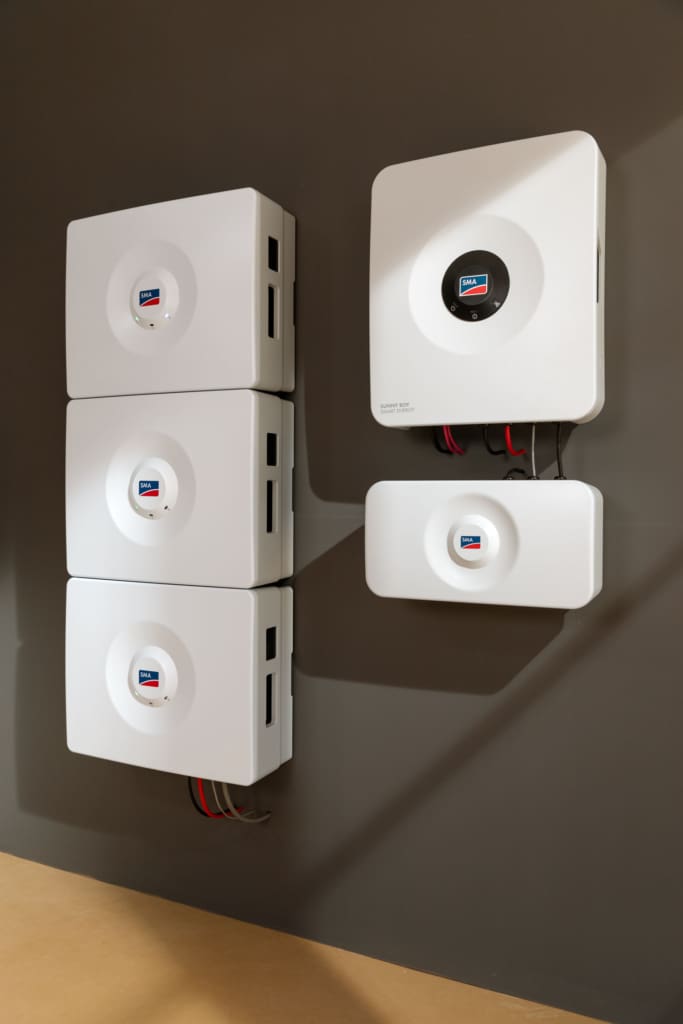Solar batteries and safety: an essential guide

Solar battery storages, like any other battery-powered devices are designed with safety in mind. They are used to store excess solar energy for later use, ensuring a continuous power supply even when sunlight is unavailable. To achieve this, various battery technologies are employed, each with its own safety features and considerations.
Solar battery storage types and safety
The market offers different battery types, each with characteristics that impact their safety.
Lead-Acid Batteries: These have been a longstanding choice for many applications due to their reliability and cost-effectiveness. Recent advancements have improved their lifespan, but they are not very suitable for home setups.
Lithium-Ion Batteries: A newer technology known for its high energy density, solar lithium-ion batteries offer a smaller, lighter, and more efficient option. They allow users to access more stored energy before requiring recharging, making them ideal for various applications, including home solar systems. There are two main types: NMC and LFP, each with distinct cathode materials.
Among solar lithium-ion batteries, LFP (lithium iron phosphate) batteries are notably safer due to their higher decomposition temperature and lower heat development in the event of a short circuit. They are less prone to thermal runaway, a process where increased temperature leads to a further increase, potentially resulting in a destructive outcome. Additionally, LFP batteries do not contain critical materials like cobalt. For these reasons SMA uses LFP for the SMA Home Storage battery.
The Importance of Expert Battery Setup
However, safety of a battery storage isn’t solely dependent on battery technology. Installation plays a crucial role as well. Adhering to electrical standards during installation is essential. It’s advisable to have batteries installed by qualified professionals in suitable environments with proper ventilation, adequate space, and within the operational temperature range.
Operational safety through integrated battery monitoring
To ensure safety during operation, it is crucial to have system-integrated monitoring of the battery’s condition and consistent operation within safe limits. This includes adhering to safe operating temperatures, voltage ranges, state of charge limits and permissible current levels. A robust battery management system (BMS) that includes comprehensive battery monitoring and operational management is vital. Alongside the basic materials, manufacturing process, and setup, these are critical criteria for safe operation and long battery life.
In conclusion, while battery storages are generally safe, it’s essential to choose the right technology, follow installation guidelines, and opt for reputable brands like SMA Home Storage to maximize safety and performance. By doing so, homeowners can enjoy the benefits of solar energy with confidence and peace of mind.
Would you like to expand your knowledge about PV with useful information on a regular basis?


Feel free to contribute!
Thanks for your question or comment. Due to the holiday season we won’t be able to give you an answer before January 5th. Thanks for your understanding.